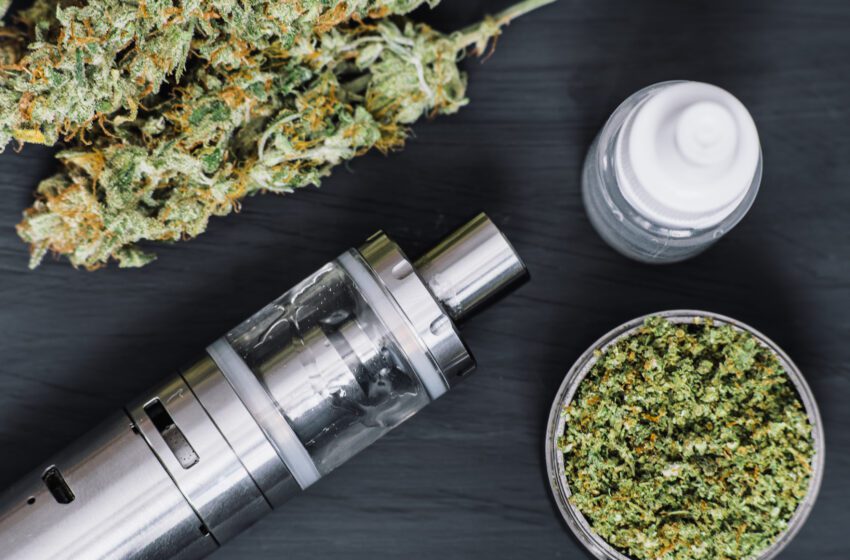A new study published on 24 January 2020 in the journal Toxics provides important insight into the recent lung intoxication epidemic referred to as “e-cigarette or vaping product use-associated lung injury” (EVALI).
The study presents, for the first time, a comprehensive analysis of products used by EVALI patients. Vitamin E acetate was the main finding in cannabinoid liquids. No compound that could be linked to EVALI was found in the two nicotine products tested.
Researchers from the Wadsworth Center of the New York State Department of Health, the State University of New York at Albany and Albany Medical Center conducted untargeted as well as targeted analyses of 38 liquid samples reportedly used by the first ten cases of EVALI in New York State to identify potential culprits for the serious lung disease epidemic.
Two of the samples were nicotine-containing liquids, while the rest were illicit cannabinoid liquids. The latter contained relatively low cannabinoid content compared with typical cannabis oil vaporizer liquids, and some had unusual Δ9-/Δ8-tetrahydrocannabinol (THC) ratios. A variety of pesticide residues, such as myclobutanil and bifenthrin, were detected in some samples.
However, the most striking finding was the identification of vitamin E acetate as a major diluent in 64% of the samples, at levels ranging from 16% to 57% by mass. No unknown compound that could potentially cause EVALI was found in the two nicotine products tested.
“Our laboratory was the first to identify vitamin E acetate in vaporizer fluids recovered from pulmonary injury patients, which we promptly reported to officials of the U.S. Centers for Disease Control and Prevention (CDC), the U.S. Food and Drug Administration (FDA) and public health officials from numerous states via conference call and via e-mail on August 19, 2019,” said David C. Spink, Ph.D., Chief of the Laboratory of Organic Analytical Chemistry at Wadsworth and corresponding author of the study.
“Based on our work, the New York State Department of Health issued a press release on September 5, 2019 indicating that vitamin E acetate was a key focus of the Department’s investigation of potential causes of vaping-associated pulmonary illnesses. To investigate potential sources of the vitamin E acetate in the illicit vaporizer fluids, the Department purchased six products marketed as cannabis oil diluents or thickeners via the internet. Three of these were found to be essentially pure vitamin E acetate,” Spink said.
According to the latest CDC data, there have been 1979 hospitalizations and 57 deaths from EVALI in the US. While the exact cause for the condition is still under investigation, there is a strong association between EVALI and the use of THC-containing vaporizer liquids, and vitamin E acetate has been found in product samples tested by the FDA and state laboratories and in bronchioalveolar lavage fluids recovered from the lungs of patients tested by the CDC.
While no specific compounds present in nicotine-containing e-cigarette products have been linked to the disease, the contributing cause or causes of illness for individuals reporting use of only nicotine-containing products warrants further study.

